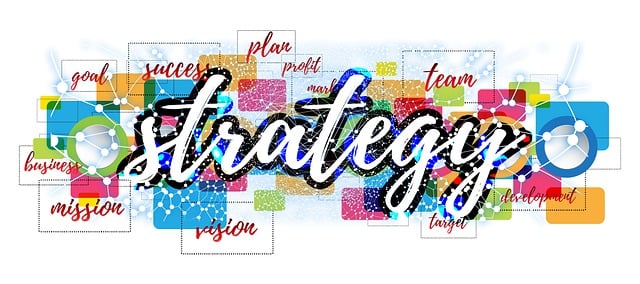AI integration in restaurants has led to advanced AI upsell algorithms that enhance customer satisfaction and revenue by analyzing past interactions, preferences, and ordering patterns. These algorithms predict and suggest complementary menu items tailored to individual tastes without appearing pushy. The development process involves meticulous data collection, feature engineering, model selection, testing, and optimization to create a robust recommendation engine. In the competitive food industry, leveraging AI upsell algorithms can significantly improve customer experience and drive sales by offering personalized suggestions that encourage trying new items or upgrading orders.
The power of AI upsell algorithms is transforming the dining experience, especially with advanced recommendation engines tailored for dine-in menus. This article delves into the development process and practical implementation of these AI systems in the food industry. From understanding the fundamentals of AI upselling to building effective engines and optimizing recommendations, we explore strategies to enhance customer engagement and boost revenue. Discover how these algorithms can revolutionize your restaurant’s operations and create a vibrant dining atmosphere.
- Understanding AI Upsell Algorithms for Dine-in Menus
- Development Process: Building an Effective Recommendation Engine
- Implementing and Optimizing AI Recommendations in the Food Industry
Understanding AI Upsell Algorithms for Dine-in Menus

The integration of AI in the restaurant industry has given rise to sophisticated AI upsell algorithms for dine-in menus, offering a personalized dining experience. These algorithms leverage machine learning to analyze customer behavior, preferences, and ordering patterns, predicting and suggesting complementary items that can enhance their meal. By understanding what customers are likely to enjoy based on past interactions, the system can upsell items like appetizers, desserts, or additional sides without appearing pushy.
This technology goes beyond simple recommendations by considering factors such as food pairings, dietary restrictions, and popular choices at similar restaurants. For example, an AI model might suggest a specific wine pairing with a customer’s entree based on their previous selections, increasing the potential for upselling while also catering to individual tastes. This not only improves revenue but also fosters customer satisfaction by providing tailored suggestions that enrich their overall dining experience.
Development Process: Building an Effective Recommendation Engine

The development process of a robust AI recommendation engine for business, particularly focusing on enhancing dine-in menu offerings through AI upsell algorithms, involves several key steps. Initially, data collection and preparation are paramount. This entails gathering extensive customer behavior data, including past orders, preferences, and feedback, as well as menu item information such as ingredients, prices, and popular combinations. Cleaning and structuring this data to meet the algorithm’s requirements is crucial for accurate insights and predictions.
Next, feature engineering plays a pivotal role in transforming raw data into meaningful inputs for the AI model. This involves creating relevant features like customer segmentations, purchase patterns, and menu item interactions. With these foundations set, developers can choose and train appropriate machine learning models, such as collaborative filtering or deep neural networks, to learn patterns and make personalized recommendations tailored to individual customer preferences and menu dynamics. Continuous testing, optimization, and refinement ensure the recommendation engine’s effectiveness in driving sales and enhancing the overall dining experience.
Implementing and Optimizing AI Recommendations in the Food Industry

In the competitive food industry, implementing AI recommendation engines can significantly enhance customer experience and drive sales. AI upsell algorithms specifically tailored for dine-in menus leverage machine learning to analyze customer preferences, ordering history, and popular combinations. By offering personalized suggestions, these algorithms encourage customers to try new items or upgrade their orders, increasing revenue without compromising on the dining experience.
Optimizing these systems involves balancing relevance with over-promotion. Fine-tuning AI models ensures recommendations are contextually appropriate, aligning with individual tastes and previous choices. Additionally, A/B testing different recommendation strategies helps identify effective upsell tactics while minimizing customer resistance. This iterative approach allows businesses to continually refine their AI recommendation engines, maximizing both customer satisfaction and profit potential.
AI recommendation engines, especially those tailored for dining experiences, have immense potential to transform the way businesses enhance customer engagement and drive sales. By leveraging AI upsell algorithms specifically designed for dine-in menus, restaurants can offer personalized suggestions that increase both customer satisfaction and revenue. The development process involves a meticulous balance of data collection, sophisticated algorithm design, and continuous optimization. As the food industry embraces these technologies, AI recommendations will become integral to creating memorable dining experiences and staying competitive in the market.
